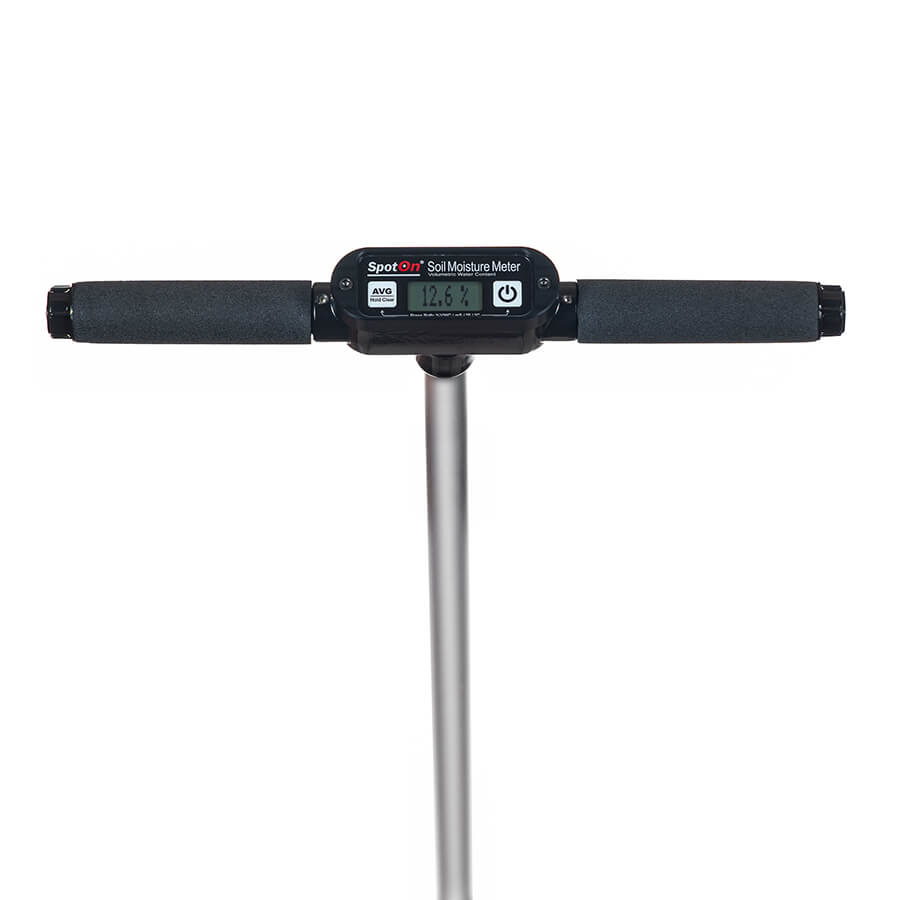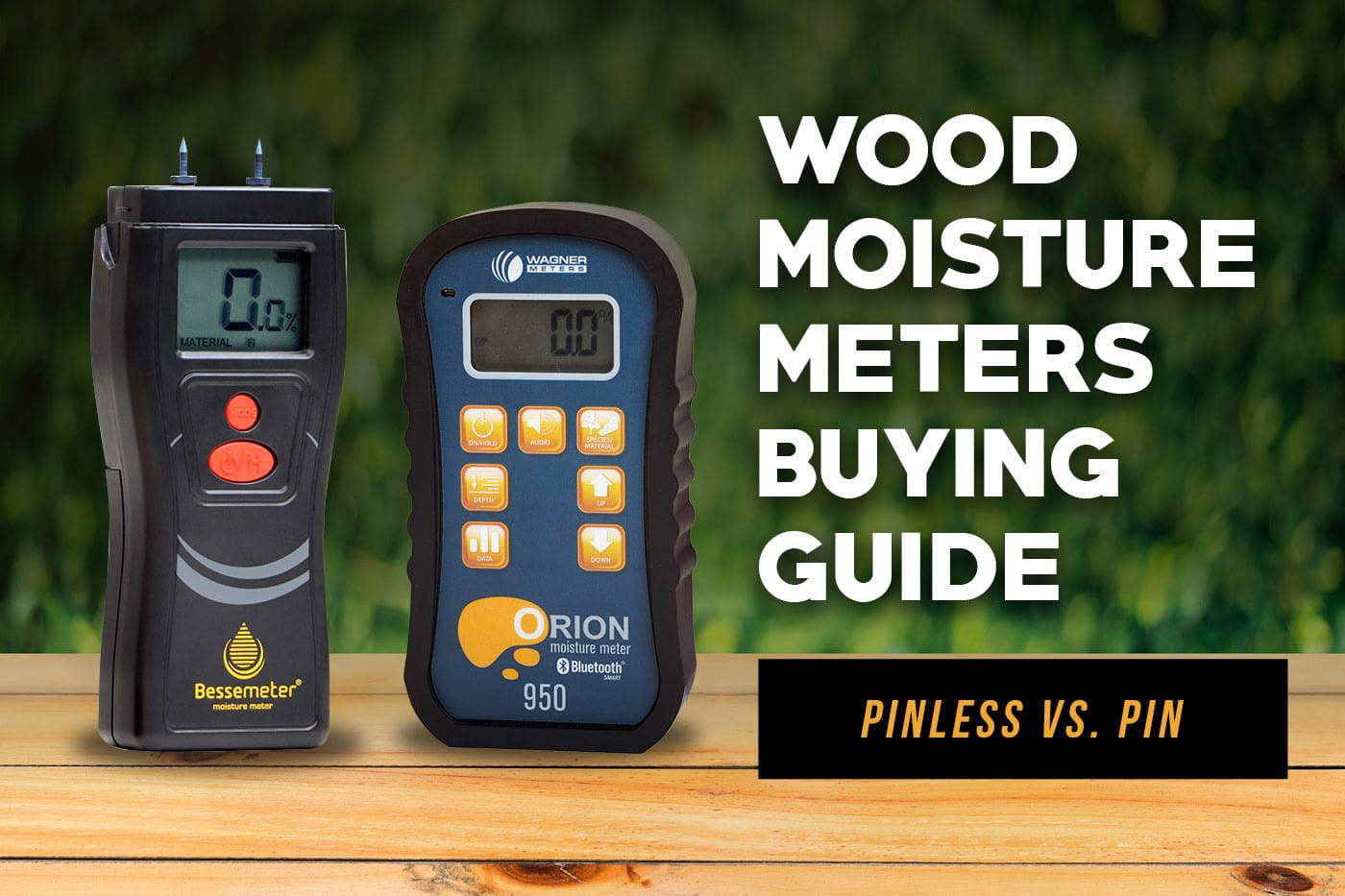Look Into the World of Moisture Meters: Everything You Need to Know
In the realm of dampness meters exists a globe of accuracy and usefulness that usually goes unnoticed. Recognizing how moisture meters operate, the various types available, and their varied usages can lose light on their value in ensuring quality and efficiency.
How Moisture Meters Work
Moisture meters operate by determining the electrical conductivity or capacitance of materials to identify the moisture content existing. These meters are important tools throughout various markets, consisting of woodworking, building and construction, and farming. By making use of different approaches such as pin-type or pinless modern technology, wetness meters give precise analyses that assist experts make educated choices.
Pin-type wetness meters function by placing the sharp pins right into the material being checked. The electric conductivity between the pins is after that measured, with higher dampness levels bring about enhanced conductivity. Moisture Meter. On the other hand, pinless moisture meters make use of electromagnetic signals to scan a bigger location without triggering any kind of damage to the product's surface. These meters are ideal for swiftly analyzing moisture degrees in big areas or ended up products.
No matter the method used, dampness meters play an important role in avoiding problems such as mold growth, structural damage, or product defects brought on by excess moisture. Understanding exactly how these meters job is crucial for making certain the quality and honesty of products in numerous applications.
Kinds of Moisture Meters
Given the essential function wetness meters play in numerous industries, it is important to comprehend the different types available to professionals for properly evaluating dampness degrees - Moisture Meter. There are primarily two major sorts of wetness meters: pinless and pin-type moisture meters

On the other hand, pinless moisture meters make use of electro-magnetic sensor plates to check a bigger area of the product without causing any kind of damages. This kind appropriates for swiftly scanning huge locations and is typically utilized for flooring, wall surfaces, and ceilings. Pinless meters are convenient for taking readings on finished surface areas without leaving any noticeable marks.
Both kinds of dampness meters have their benefits and are selected based on the specific demands of the job handy. Comprehending the distinctions in between these types is essential for specialists to make accurate dampness assessments.
Applications Throughout Industries
With varied performances, moisture meters locate extensive application across various markets, helping specialists in ensuring ideal problems for products and structures. In the farming industry, wetness meters are invaluable for establishing the moisture content in grains, seeds, and hay, guaranteeing top quality control and avoiding mold and mildew development. Building experts rely upon moisture meters to evaluate the dampness levels in building materials like timber, concrete, and drywall, which is crucial for keeping structural honesty and stopping issues like rot or mold and mildew. The flooring industry makes use of dampness meters to determine the dampness web content in subfloors before mounting different floor coverings, protecting against costly damages as a result of excess wetness. In the food industry, wetness meters are utilized to keep an eye on and regulate great post to read moisture levels in items such as grains, nuts, and dried out fruits to preserve quality and top quality. Furthermore, moisture meters play an essential duty in the remediation and damages analysis market by helping experts determine and attend to water damages in structures promptly. Across these varied industries, wetness meters are crucial tools for guaranteeing the quality, safety and security, and durability of numerous materials and items.
Tips for Making Use Of Wetness Meters
When gauging the dampness material in numerous materials,Utilize the wetness meter's calibration settings to ensure exact analyses. Calibration is essential for the proper functioning of a dampness meter. Before each use, it is advisable to examine and adjust the calibration settings according to the certain product being evaluated. Additionally, ensure the meter is readied to the right wetness variety for the product you are gauging to acquire the most specific results.
When utilizing a pin-type moisture meter, place the pins to the ideal depth recommended for the product being checked. This guarantees that the dampness analyses are drawn from the proper depth within the material, offering a more exact representation of its wetness material. For pinless dampness meters, bear in mind to keep appropriate call with the material's surface area to get dependable readings.
Routinely check and replace the batteries in your dampness meter to protect against incorrect analyses as a result of low power. Store the meter in a risk-free and dry place when not in use to extend its life expectancy and preserve its accuracy. By following these suggestions, you can maximize the efficiency of your dampness meter and obtain exact dampness content dimensions throughout different products.
Maintenance and Calibration
To ensure the accuracy of dampness material measurements, regular maintenance and calibration of the dampness meter are important steps in its correct functioning. Calibration readjusts the wetness meter to ensure that it gives dependable article and consistent outcomes.
Calibration needs to be done periodically, specifically if the wetness meter is utilized often or in essential applications where specific measurements are required. By maintaining and calibrating the wetness meter on a regular basis, users can trust the precision of the wetness web content Recommended Site dimensions obtained.
Verdict

In conclusion, dampness meters play a vital function in different industries by properly measuring the dampness content of materials. Comprehending just how these devices work, the various types available, and correct maintenance and calibration are vital for acquiring reliable results. Whether in manufacturing, agriculture, or building and construction, using moisture meters assists make sure quality assurance and effectiveness in processes.

In verdict, wetness meters play a vital duty in different markets by precisely gauging the dampness content of materials.